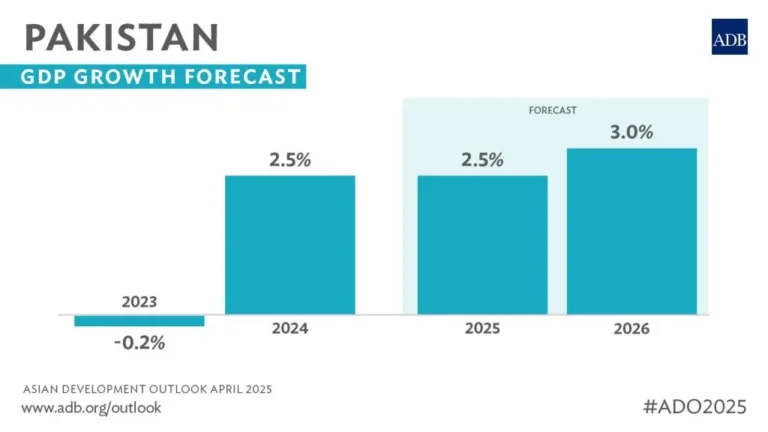U.S Reciprocal Tariffs’ Impact on Pakistan and Listed Cos
Staff Report
The United States of America (USA) has imposed reciprocal tariffs on its trading partners including Pakistan, aiming to boost domestic manufacturing by making foreign imports expensive and to raise revenue.
The reciprocal duties ranges from 10-48%, which reportedly is in addition to universal tariff of 10% on all countries.
The reciprocal duties are imposed with the exception of Mexico and Canada as these countries were subject to previously announced tariffs of 10-25%. While certain goods from key industries i.e. steel, aluminum, automobiles, copper, pharmaceuticals, semiconductors, and lumber – are also exempt from these rates.IMF Triggers Pullback Pakistan Market
US imports stands at US$3.36tn in 2024: US Imported goods worth US$3.36tn in 2024, up 6% YoY as per data reported by Trade map. Country wise, Mexico’s share was highest in total imports of USA at 15%, followed by China, Canada, Germany and Japan in range of 5-14%.
Pakistan share was only 0.16% in 2024 while countries like Vietnam, Bangladesh, Sri Lanka and India had share of 4.2%, 0.26%, 0.09% and 2.7%, respectively.
US is single largest export destination of Pakistan: Although imports from Pakistan in US makes only 0.16% of total US Imports, however, the number is quite significant from Pakistan’s perspective. Pakistan exports to US are US$6bn annually, 18% of total exports of the country.
Textile comprises 75-80% of Pakistan’s exports to US: Textile is the largest category (75-80%) in total exports to USA. While other exported products/commodities are leather, surgical goods, rice, cement, steel products, salt, etc among others. Details of the category wise numbers are given on next slide.
Peer countries are also affected by High Tariffs: Pakistan’s competitors in textile exports like Vietnam, Bangladesh, and China are also imposed with tariffs of 29-46%. While tariffs on India are at slightly lower rate of 26% vs. Pakistan’s 29%.
In textile, Pakistan largely competes with China, India, Vietnam, Cambodia, Indonesia, and Bangladesh. The duties imposed on China, Cambodia, Indonesia, Vietnam and Bangladesh are higher than Pakistan (given on previous slide), while duties imposed on India are 300bps lower than Pakistan (26% vs. 29%).
The type of textile products Pakistan is exporting to US (product code 61 62 63 and 52) are also exported by India; which has duty advantage. The similar products are also supplied by Bangladesh, Vietnam and China which have duty disadvantage. Please refer to next slide for more details.
We believe, theoretically, due to Pakistan’s duty disadvantage with India, Pakistan textile exports may face some pressure, however, higher duties on Bangladesh and Vietnam shall provide some respite to Pakistan exports in US.
Additionally, competition in European market can increase as countries faced with higher tariffs i.e., China, Vietnam and Bangladesh may now divert some of their US exports to European countries, thus putting pressures on margins.
Company wise, in textile Interloop Limited (ILP), Feroz Mills (FML), Kohinoor Textile (KTML), Nishat Mills (NML), and Gul Ahmed (GATM) has the exposure to US. While other than textile, Service Global Footwear (SGF), Matco Foods (MFL), Fast Cables (FCL), International Steels (ISL), International Industries (INIL), DG Khan Cement (DGKC), Power Cement (POWER), Mitchells Fruit Farms Limited (MFFL) have some exposure to US as well. While apart from this, Pak Elektron (PAEL) also started exporting transformers to US recently.







